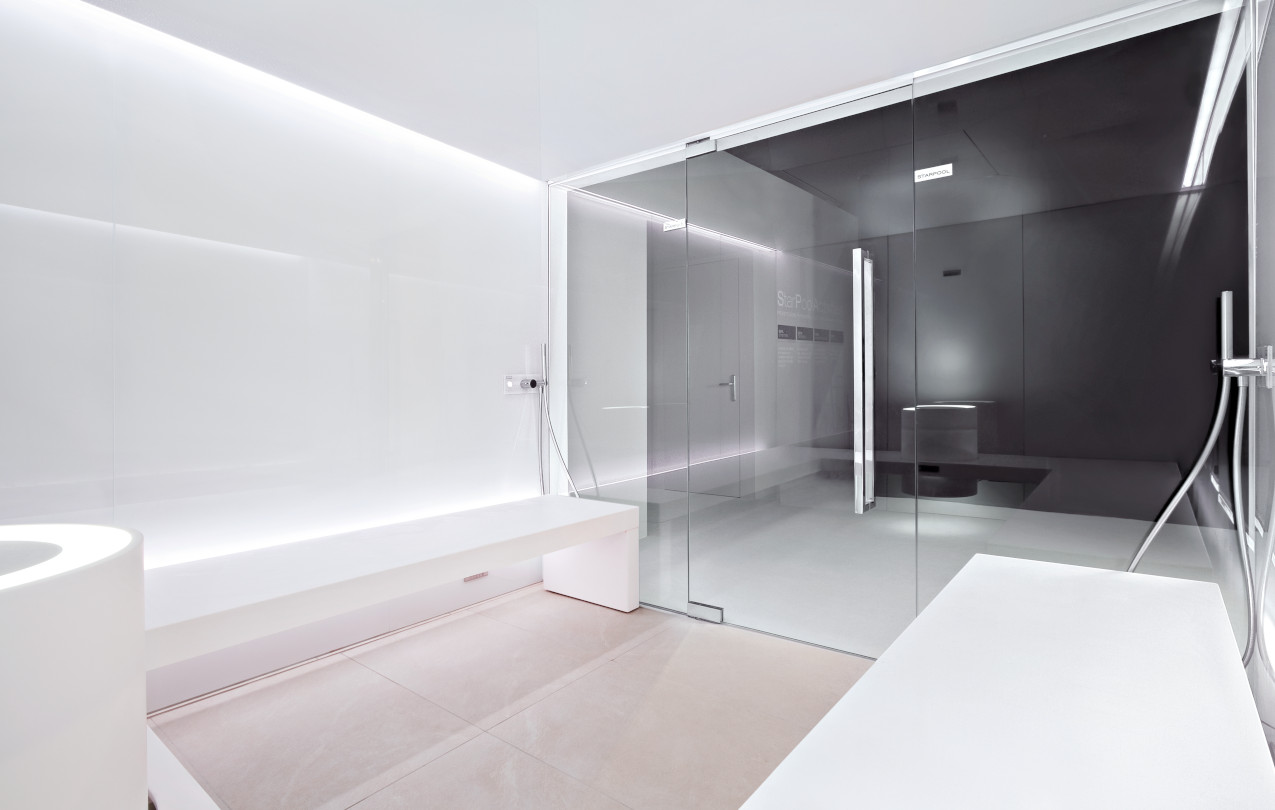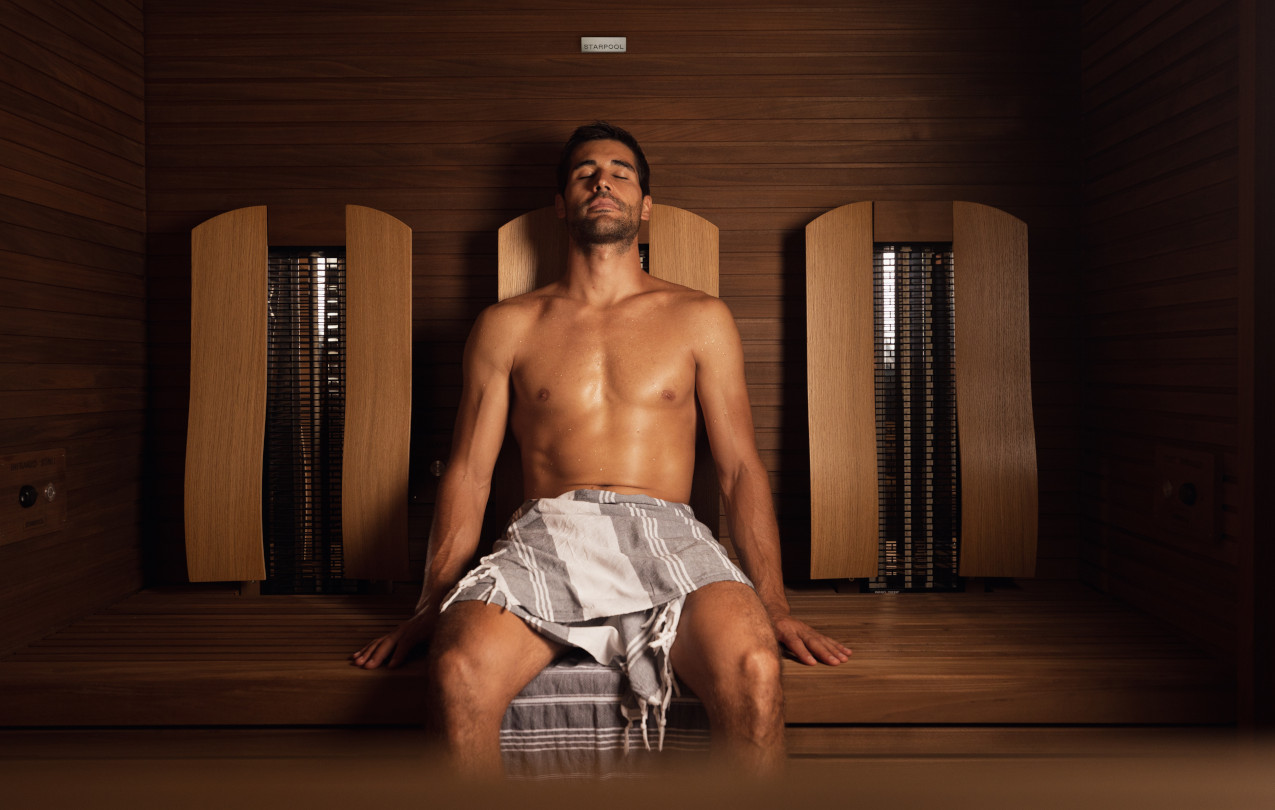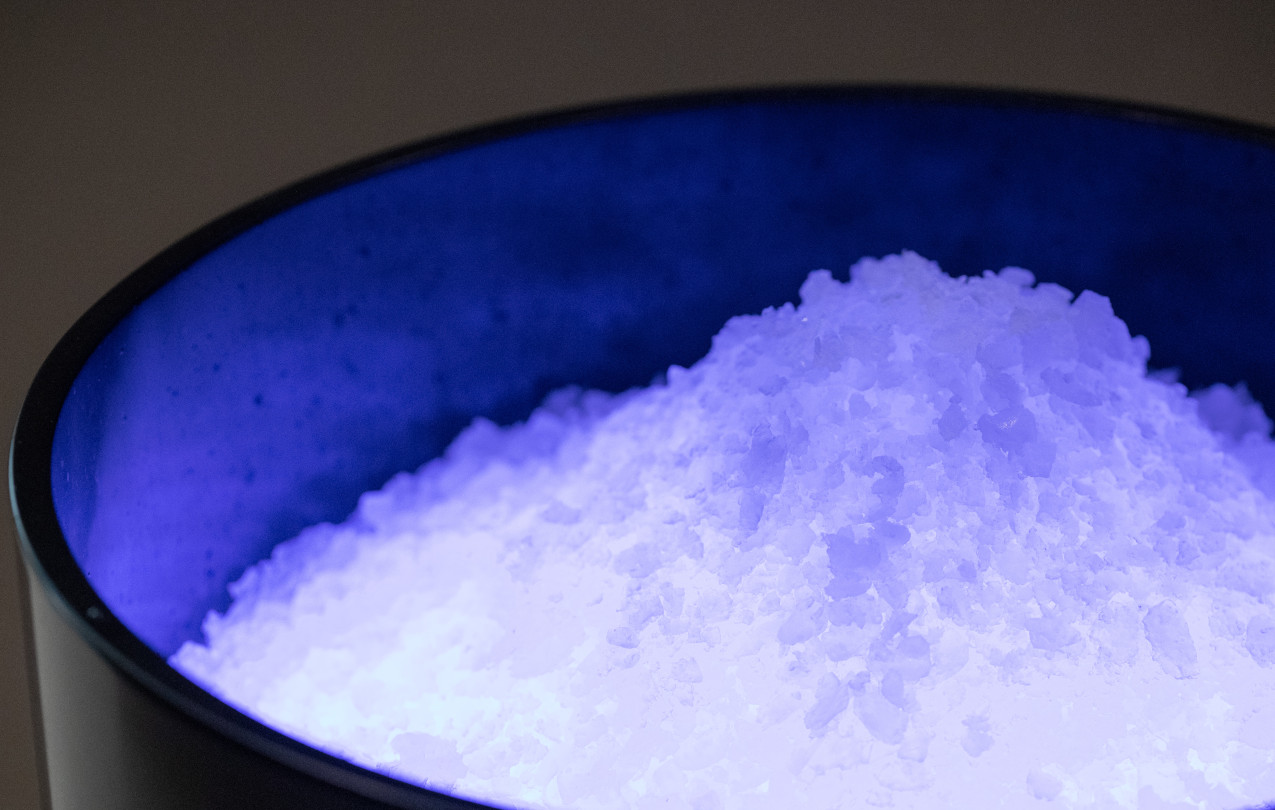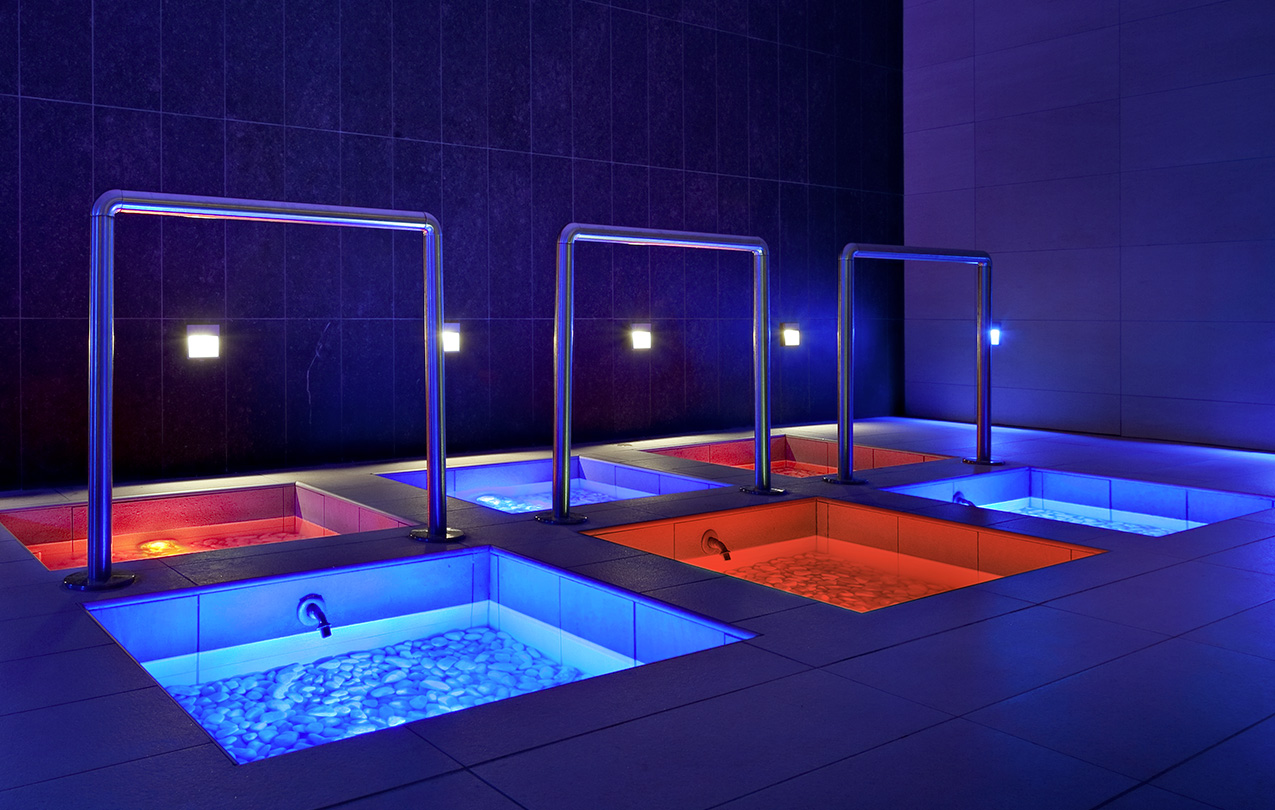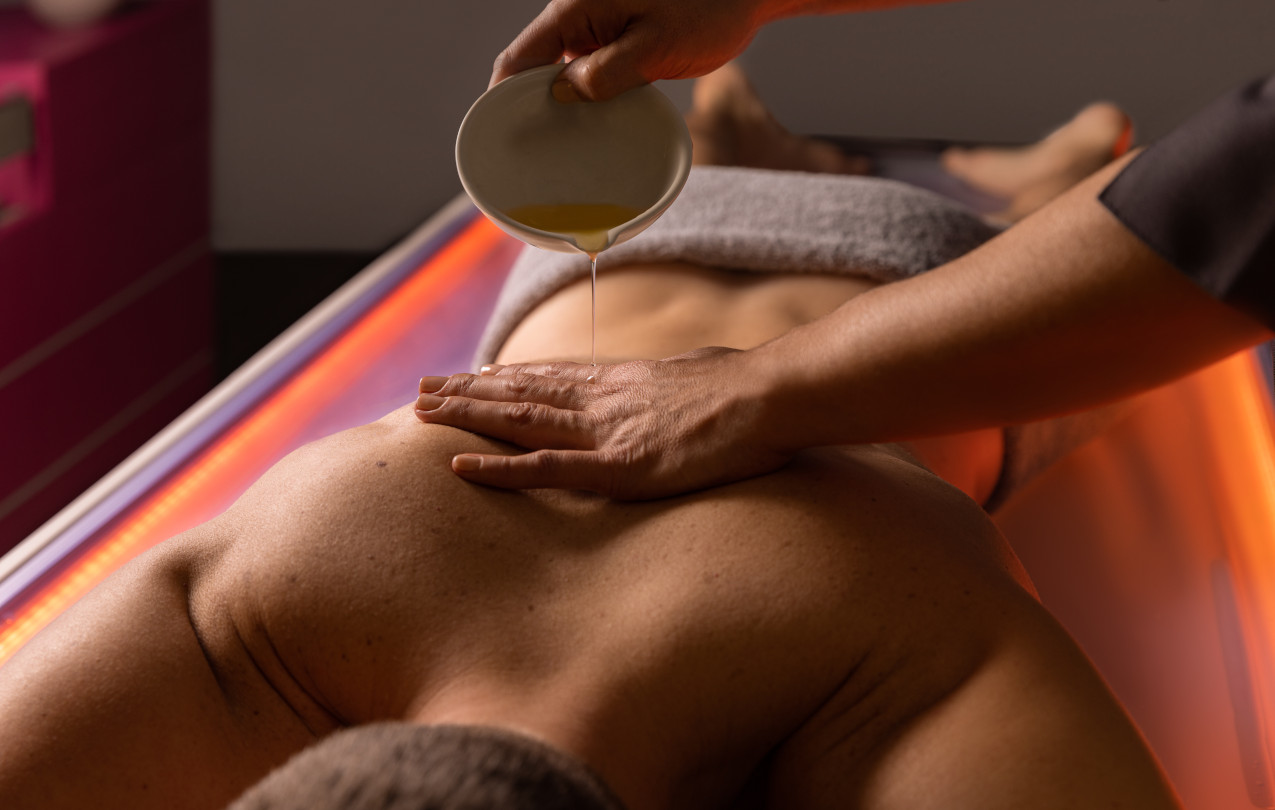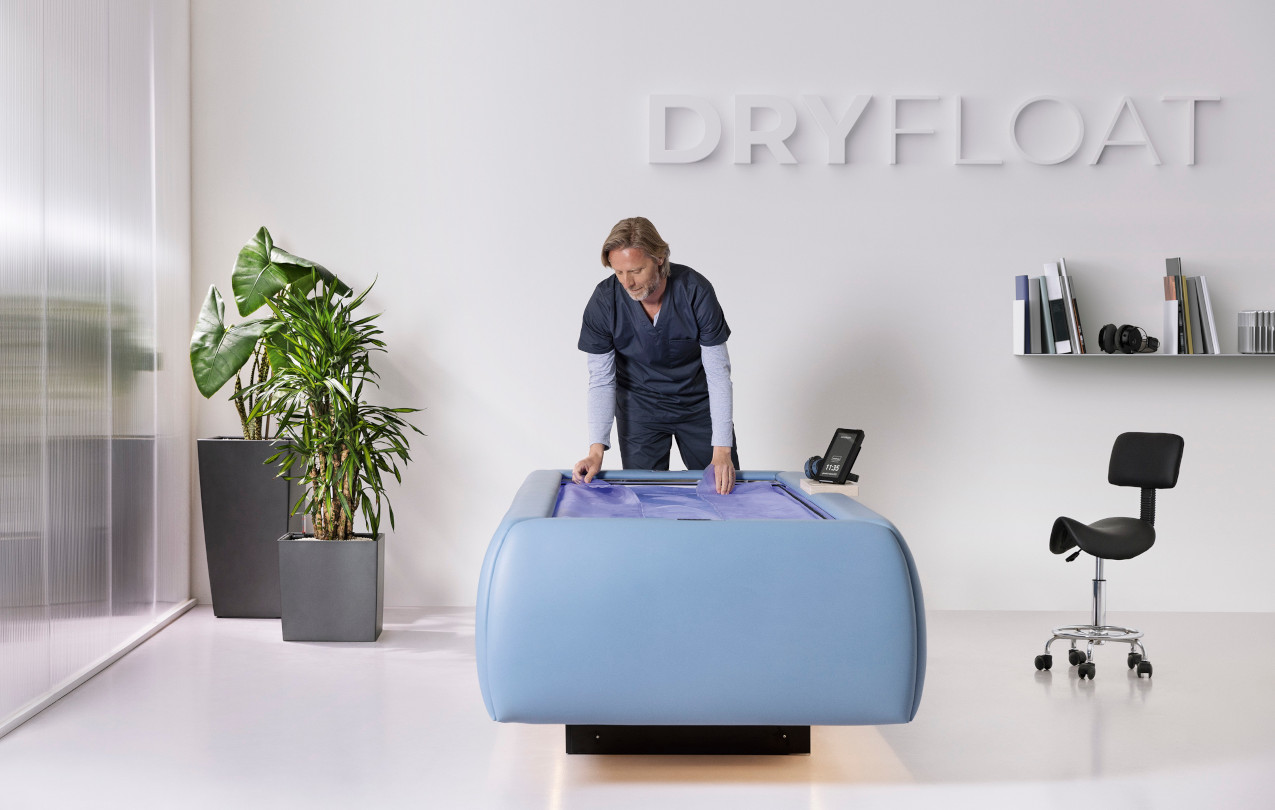Recovery and mental well-being in professional sport
Interview with Dan O’Brien
Sport performance requires athletes’ constant commitment to maximize the results of every activity. Both physical and mental effort are remarkable: finding a balance between the two is fundamental to prevent overtraining and face difficult moments in the best possible way, maintaining focus at all times. It is in this context that, today, an essential area of intervention has been identified to optimize performance in professional sport: recovery. The quality of the training is crucial, but devoting time and energy to recovery is as important. As a matter of fact, it is fundamental in order to maximize performance and ensure top levels in the medium and long term. We from Starpool have discussed this with Dan O’Brien, Sports Medicine and Research Director at NBPA – the National Basketball Players Association, whose players chose to rely on our cutting-edge technologies to maximize recovery within their performance strategies.
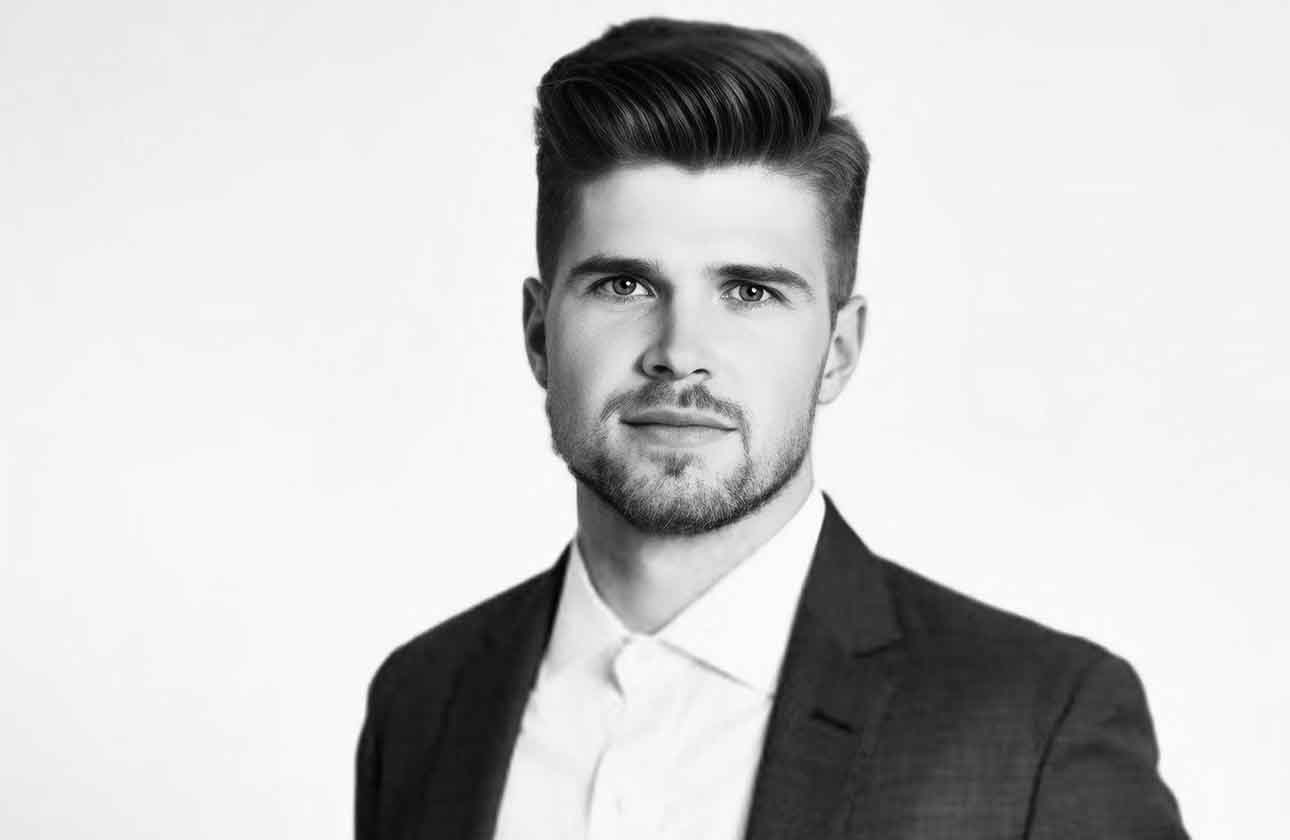
Dan O’Brien is the NBPA’s director of sports medicine and research with a strong background in athletic training and leadership. He holds numerous degrees including a Bachelor of Science in athletic training from Duquesne University and a Master of Science in exercise physiology and nutrition from Long Island University. He is currently pursuing a PhD from the University of Wisconsin–Madison.
Why is recovery, both physical and mental, so crucial for players’ performance and longevity in the world of NBPA?
Recovery is key to sustained performance and career longevity in the NBA. Physically, the demands of a rigorous schedule, including multiple games in a week, intense travel, and high-performance requirements, push players’ bodies to their limits. Athletes are at increased risk of overuse injuries and decreased performance without proper recovery. On the mental side, the NBA is a high-pressure environment. They’ve got the spotlight 24/7, the expectations, and sometimes personal challenges to manage – all of which can wear them down if they don’t have time to reset mentally. Recovery gives players a chance to recharge both physically and mentally, which is why so many players have focused their time, efforts, and significant capital on it.
What’s your stance on the relationship between mental health and physical recovery in professional athletes?
I think the two go hand in hand. Stress and mental fatigue have a direct impact on performance and recovery—things like poor sleep, elevated stress hormones, and even slower muscle repair. On the flip side, physical injuries can take a mental toll, especially when players are dealing with setbacks, uncertainty about their return, feeling removed from the team, or fear of re-injury. It’s really all connected, and when one is impacted, it’s only a matter of time before it shows up somewhere else. I like to think of the nervous system being the connector between the mental and physical ‒ it receives signals from the body and transmits them to the brain, which then influences emotional responses to those signals. Essentially, disruptions in the nervous system can manifest as both physical and mental emotional responses.
Considering that a tight schedule often limits the time to be devoted to recovery, what are the technologies currently available on the market that are designed to maximize it?
It’s tough, especially when you factor in the constraints of an NBA schedule (late games, traveling immediately afterward, etc.). The key is for these technologies to be evidence-based and frictionless to make it possible for athletes to recover effectively, even within the limited time they have. Fortunately, athletes and teams have access to the latest and greatest recovery technologies tailored to meet their demands. Sleep technologies, like smart mattresses, optimize sleep quality through temperature regulation. There’s a lot of good tech for muscle recovery, such as percussion massage guns and compression sleeves help reduce muscle soreness and accelerate recovery post-game or post training. Other innovations, like Starpool’s dry floating therapy, are designed to reduce inflammation, improve circulation, and increase cellular regeneration. We have seen players enjoy these types of recovery modalities both at our Facility in NYC and during The Sanctuary Performance Retreat in Spain.
How important is the role of trainers, coaches and mental health professionals in facilitating players’ recovery? What approach do they implement to support them?
While coaches, trainers, and other practitioners play a critical role in facilitating recovery for players, I’ve noticed that many of our members – and I imagine this applies to athletes across the board – have really taken the initiative when it comes to performance and recovery. Players entering the league today have essentially grown up with wellness technologies and understand how tech and data when shared with the right people, can be influential in maximizing their health and performance. At the end of the day, professional athletes’ bodies are their livelihoods and one of their greatest assets. The more intentional they are about taking care of their bodies, the better off they are, not just during their careers but well into life after basketball. This shift toward ownership of their health and recovery is one of the most promising trends we’ve seen in player wellness.




